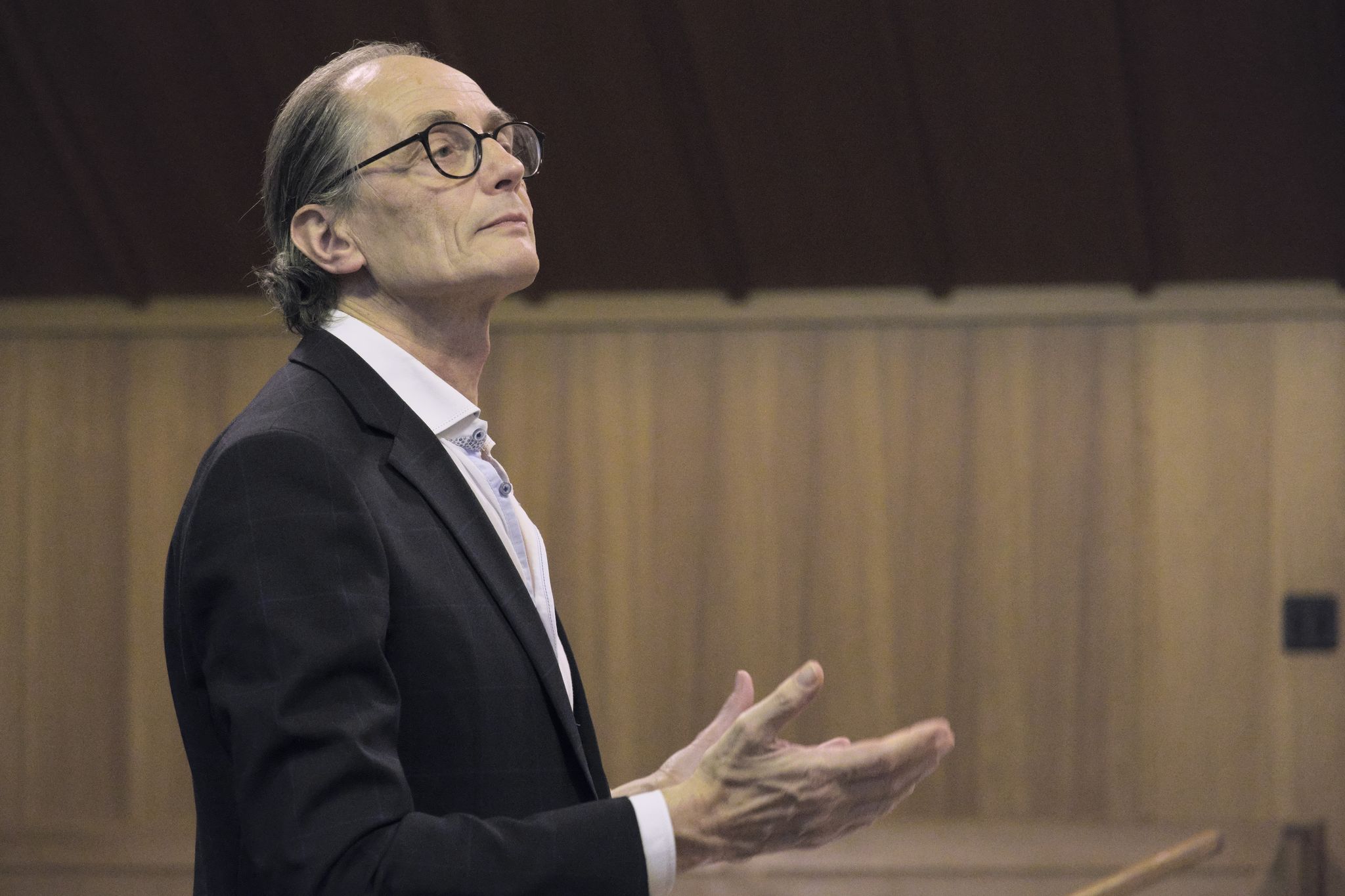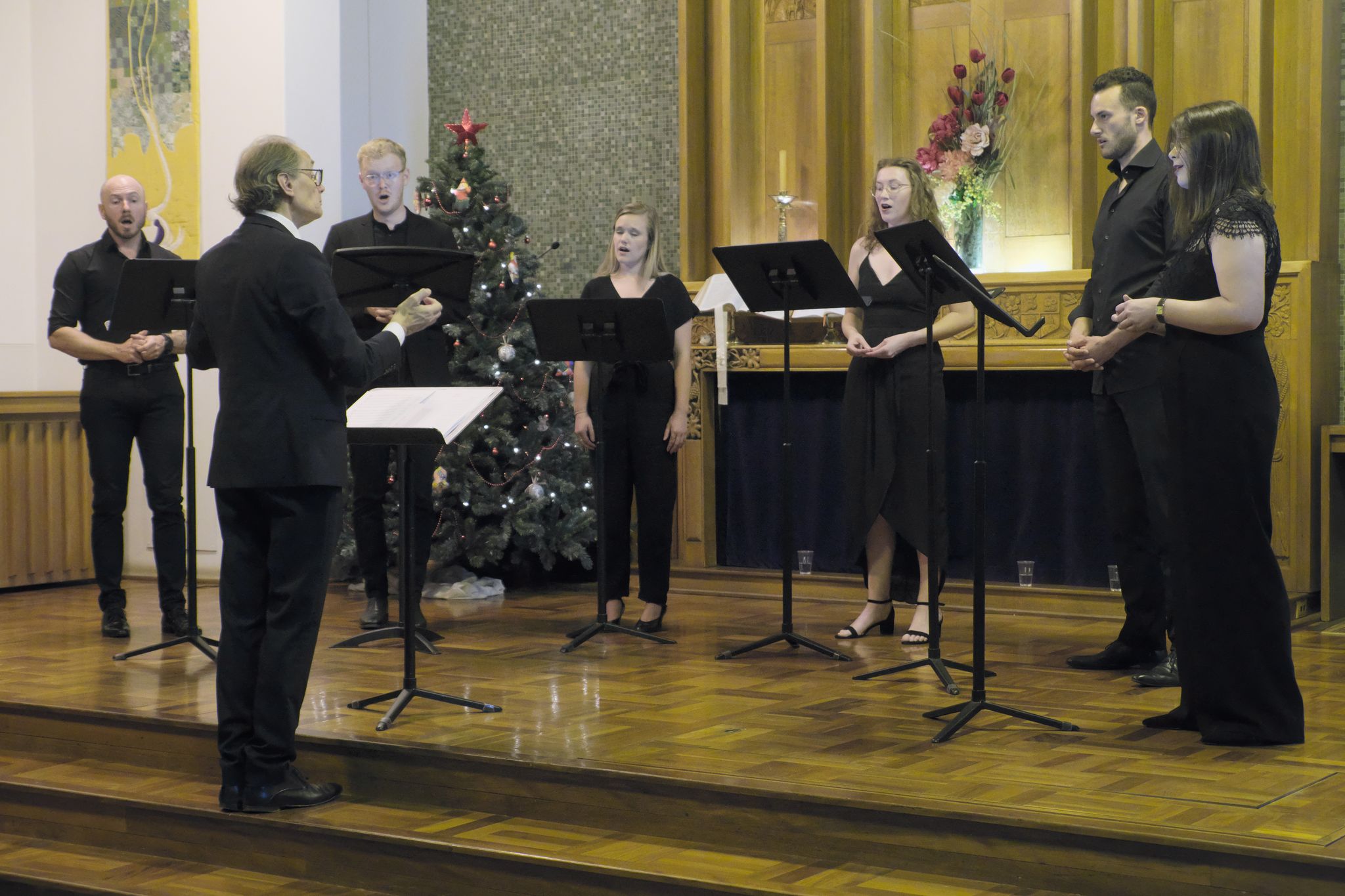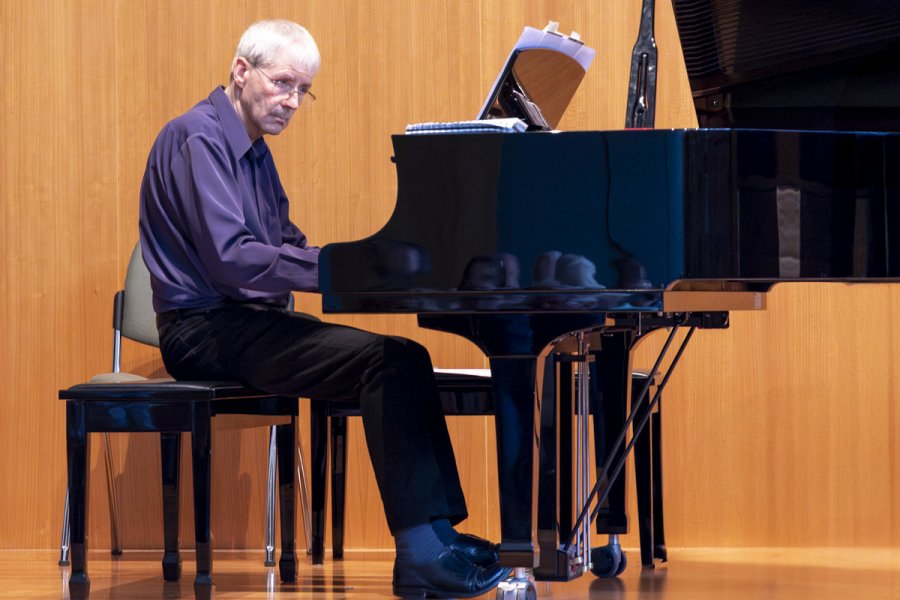
Music / “Magnificat”, Luminescence Chamber Singers, in association with the Canberra International Music Festival conducted by Roland Peelman. At Wesley Uniting Church, December 18. Reviewed by TONY MAGEE
MY first piano teacher, Wilfrid Holland, introduced me to his two cats, Magnificat and Oedipus when I was nine years old.
I had an inkling that Magnificat must have been special, but it was some years later before I discovered the magnificence of musical settings bearing that name.
Singing Renaissance settings of the “Magnificat”, the Ave Maria and the Motet form, Luminescence swept the audience through the sublime and tender, delivering music so beautiful and uplifting, in glorious pitch-perfect polyphony.
At 6.30pm, show time, the heavens opened with torrential rain, hail and thunder. The sound was deafening on the roof of Wesley. We patiently waited 15 minutes.
Beginning with a short “Ave Maria” by Jean Mouton (c1459-1522), the singers enveloped the audience with exquisite sound in a mellifluous opening.
Robert Fayrfax (1464-1521) composed “Magnificat ‘O Bone Jesu’” in 1500. The choir performed his intricate polyphonic setting beautifully, the piece showcasing the combination of older style bare fifths cadence points contrasted with the modern, for the time, addition of thirds and sixths in the harmony.

The grand master of Renaissance choral composition, Joaquin Desprez (1450-1521) had a reputation for being difficult to get along with, erratic on delivery and very expensive when commissioned. However, patrons of the day turned to him when perfection was required.
His “Ave Maria, Virgo Serena” followed by the Motet “Illibata Dei Virgo Nutrix” displayed a towering compositional style, the choir capturing the essence of his lavish and sumptuous harmonies with authority and grace.
The final two pieces were delayed once more by another massive storm, this time with high winds driving the rain sideways through the ventilation shafts of the church and on to the audience seated on the right hand pews. A quick evacuation saw them re-seated to the left.
The “Ave Maria” setting by Robert Parsons (1535-1572) was composed around 1570. In this, the singers captured the delicacy of the piece wonderfully, with stylish delivery of harmony and counterpoint.
To close, a “Magnificat” from another master of the period, Michael Praetorius (1571-1621). This large and complex work was composed in 1611 and the choir performed the intricate polyphony in a commanding and elevated manner.
The piece moves from quarter time to triple time in a number of places, the choir making the tempo and time changes with precision. In the finale, conductor and CIMF artistic director Roland Peelman extracted a magnificent crescendo from the performers, which was exhilarating.
Throughout the concert, Peelman held the choir in tight command, his knowledge and commanding familiarity of the music being a key part of the success of this wonderful Christmas event.
Peelman himself almost didn’t make it. His flight from Belgium arriving only days before was thought to have contained an Omicron-infected passenger and he was ordered to quarantine for two weeks. Only yesterday was he informed that this was a mistake and he was cleared to conduct.
At the conclusion of this wonderful concert showcasing music dedicated to the glory of God, there was a general air of “we actually made it” from the performers, the audience and this reviewer.
One was left feeling the weight of that old adage, God works in mysterious ways.
Who can be trusted?
In a world of spin and confusion, there’s never been a more important time to support independent journalism in Canberra.
If you trust our work online and want to enforce the power of independent voices, I invite you to make a small contribution.
Every dollar of support is invested back into our journalism to help keep citynews.com.au strong and free.
Thank you,
Ian Meikle, editor








Leave a Reply